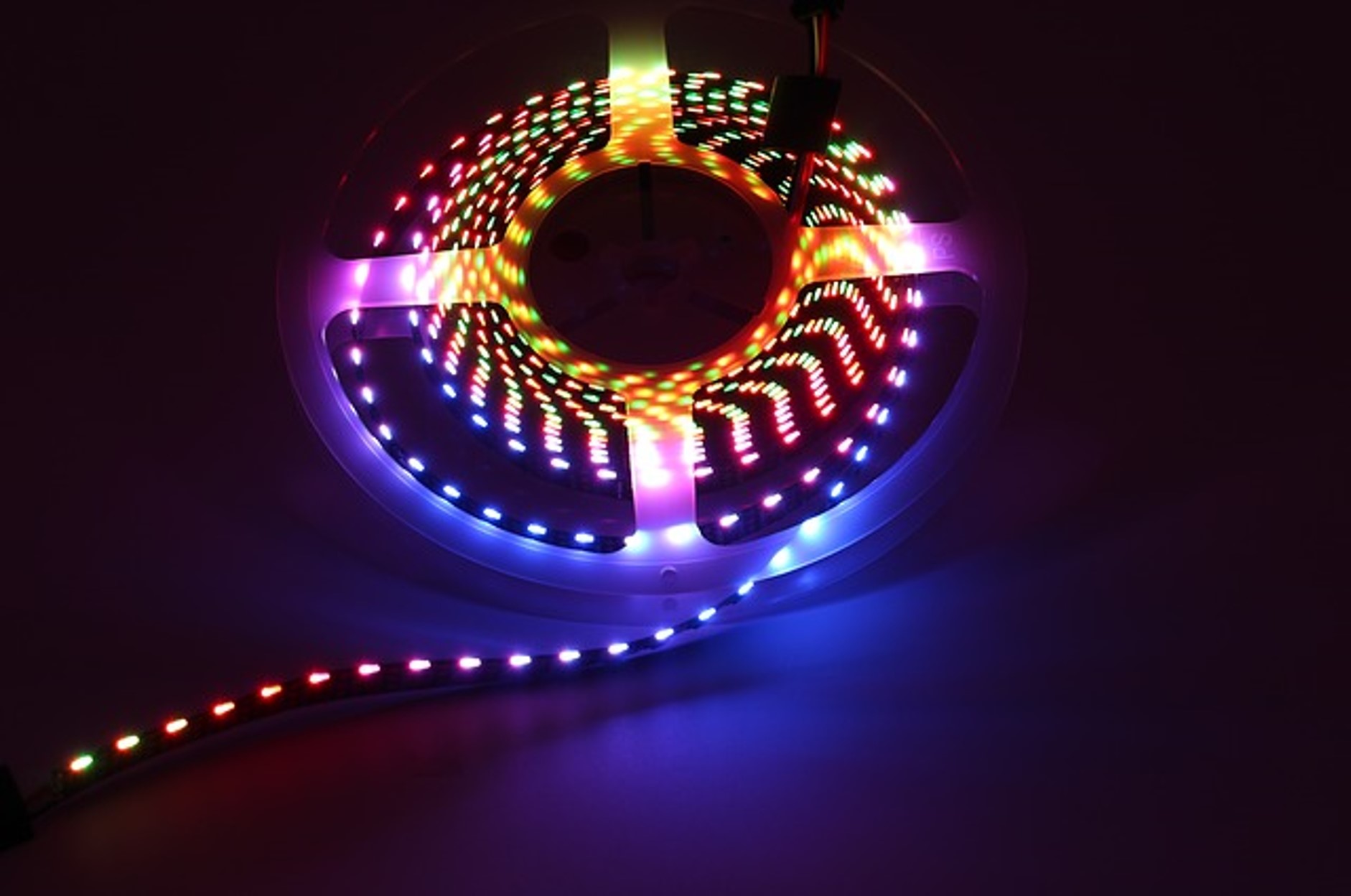How to Choose the Right Led Strip Lights for Room

LED strips are quickly becoming the favorite lighting options for homes. If you have been keen, arguments for LEDs are winning over those for halogen and incandescent bulbs.
LEDs are energy efficient, provide brighter light, produce only minimal heat, and last longer. Besides, you can easily control and program them. Moreover, unlike other lighting types, LEDs come in compact packages that are sturdy and resistant to shock, making them ideal for various uses.
Linear strip lighting has been gaining popularity. Not only do such lights look good, but they are also proving to be an incredibly affordable option. At first, buying LED strip lights seems a straightforward undertaking.
However, when presented with the sheer number of options to choose from, a customer can be confused. If you find yourself in such a predicament, then this article is for you. Take a short time and go through it.
Main Factors to Consider
While there may be many factors to consider, we shall narrow down to the four most crucial factors to help you make an informed choice. Here we go:
1. Intended use
Why are you looking for an LED light? Do you want it for primary lighting, ambient lighting, and feature lighting? Also, the textures and reflectiveness of the surfaces surrounding play a role in shaping your choice.
Logically, the light you will need for your living room is different from that one you will need for study, for work on a computer or shared meal with family and friends. Luckily, most brands provide information on the recommended use of their strip lights.
2. Types Of LED Strips
There are up to 5 different types of LED strips in the market. Each is unique in design, function, and capabilities. The types include standard density 12V flex, High-density 12V flex, Plug and Play LED stripes, ELARA strip, and LUX strip. You will choose one or so depending on what you want to use the strip for.
Some types are ideal for indoor use, while others feature protective casings that allow them to withstand the conditions in the external environment. Of course, you can always read the information provided by the respective manufacturers to know what you are dealing with.
3. LED Strip Lumen Count (Brightness)
The prototypes of LED strips were not as bright as the incandescent or halogen bulbs. However, the technological advancement we are witnessing today has led to increasingly brighter LED strips for homes and commercial establishments.
It is possible to find LED strips of any brightness depending on your needs. The number of lumens directly correlates with the brightness of the bulb. Thus the bigger the lumen count, the brighter the LED will be when you perceive it.
For instance, accent lighting will need a bulb emitting not more than 200 lumens of light per foot of space. However, no rule dictates the amount of brightness you need for space. Instead, it boils down to your tastes and preferences.
4. LED Strip Colors Options
One beautiful thing about LED strips is that you have the freedom to choose whatever color matches your needs. They can come in a single range of colors or multi-colors (RGB). The ones that emit only a single fixed color are considered the most basic.
The multi-colored models are quite complex by offer unrivaled visual appeal. These strips are engineered to change color. RGB means the LEDs display Red-Blue-Green color combinations. A controller is necessary to swap the colors in flashes or linger on a single color.
The best RGB color-changing LED strip lights for room can create a serene environment and capture attention. However, to get the best, you need to work only with products from reputable companies such as LEPRO.
5. The Wattage Of The LED Strip
Another important factor to consider is the number of watts, the amount of electrical energy a device needs to function. In other words, it gives you an idea of how much power your new installations will consume.
LED strip wattage is given per length of the strip. Therefore, it is upon you to calculate the overall amount of power your fixtures will consume in a given time. This will help you plan the power supply you will need to power your home adequately.
6. Installation Process
Believe it or not, one of the most important considerations before you buy the right LED lamp for your home is the installation process. It would be best if you had an idea of how to mount and set the strips up. Some types are incredibly easy to install. Others may require you to have some arithmetic skills.
The complex models may require you to do some cutting, wiring, and mounting. The cutting must be precise, and the wiring must be correct. Otherwise, the strip lights may not work after all.
Some things to do with installation are the total length of strip you require, the number of breaks in the lights, and strip voltage and power requirements. You will also need to have an idea about the sturdiness and resistance to elements.
Wrapping It Up
We believe you are now well informed and ready to go out to buy the right LED strips for your home. If you consider all that we have discussed, the chances are high that you will find LED lamps that will provide your home with efficient and adequate lighting. You will also be able to make decent savings on your electricity bills. Also, remember to buy products only from reputable companies and suppliers.
839GYLCCC1992




Leave a Reply